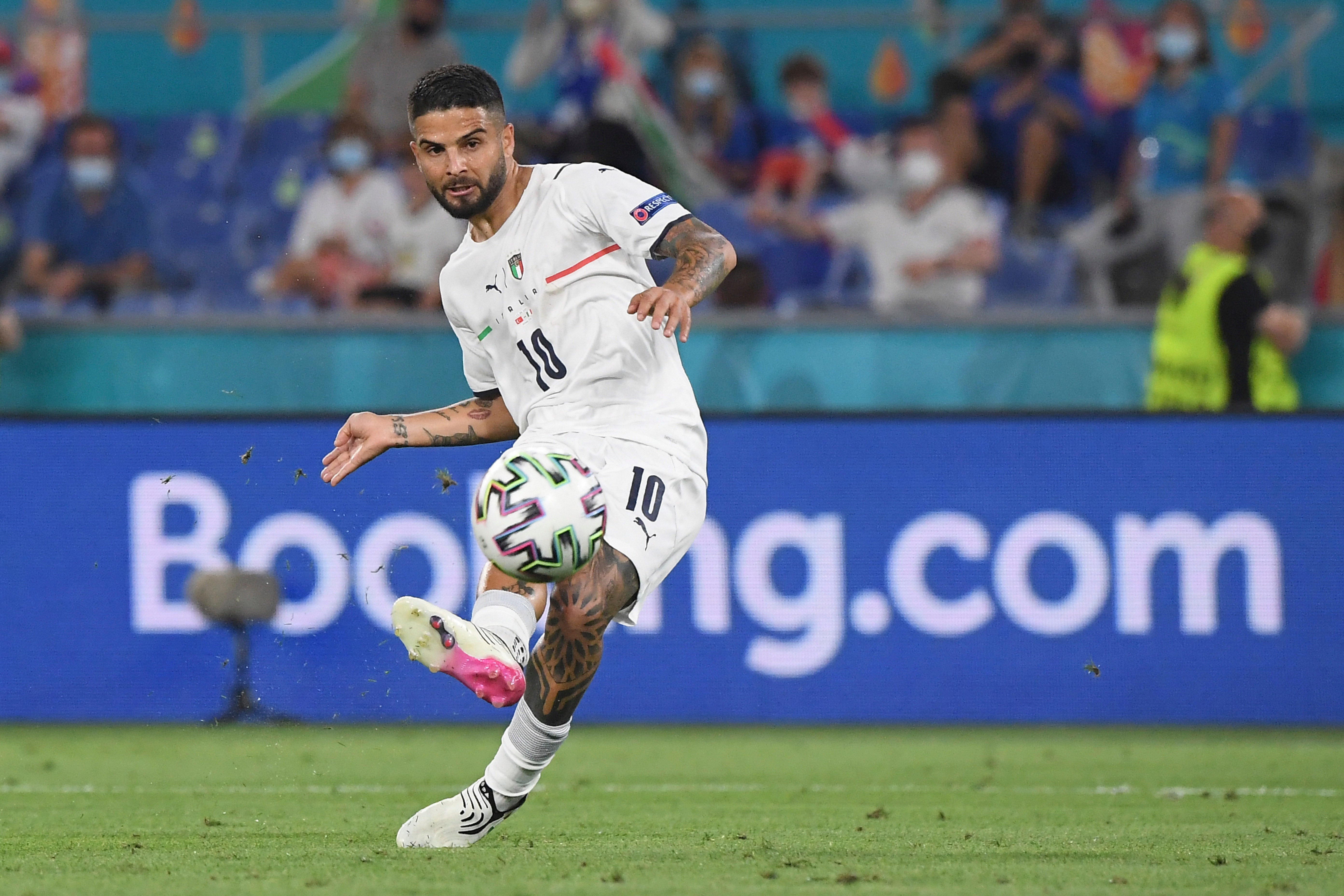How Italy’s lop-sided defence helped smother Turkey and showcase Roberto Mancini’s masterplan
Italy’s traditional catenaccio style has been replaced by a high press; the door remains bolted but it is now much further up the pitch

Your support helps us to tell the story
From reproductive rights to climate change to Big Tech, The Independent is on the ground when the story is developing. Whether it's investigating the financials of Elon Musk's pro-Trump PAC or producing our latest documentary, 'The A Word', which shines a light on the American women fighting for reproductive rights, we know how important it is to parse out the facts from the messaging.
At such a critical moment in US history, we need reporters on the ground. Your donation allows us to keep sending journalists to speak to both sides of the story.
The Independent is trusted by Americans across the entire political spectrum. And unlike many other quality news outlets, we choose not to lock Americans out of our reporting and analysis with paywalls. We believe quality journalism should be available to everyone, paid for by those who can afford it.
Your support makes all the difference.Watching Italy hound Turkey into submission on Friday evening, at times it was easy to forget you were watching an international team. In front of a home crowd the hosts resembled a well-oiled club team, drilled on the training pitch so each player understood their role within a system. International football is supposed to be less formulaic, more unpredictable, susceptible to moments of magic and mayhem, but Roberto Mancini’s side extended their unbeaten streak to 28 games with all the hallmarks of a meticulously executed gameplan.
As they have become accustomed under Mancini, Italy adopted a 4-3-3 which morphed into something of a 3-4-3 in attack. If Alessandro Florenzi played the archetypical right-back role like a man in suit and tie, then man of the match Leonardo Spinazzola played left-back with sunglasses hanging off a barely buttoned shirt. Such carefree attacking is less of a risk, of course, with Giorgio Chiellini behind you, and as Spinazzola charged up the wing Chiellini shifted to the left and his partner Leonardo Bonucci shuffled centrally, with Florenzi holding his position on the right.
The asymmetric setup in defence freed teammates in attack. Spinazzola’s overlap allowed Lorenzo Insigne to drift into dangerous spaces – he took five shots from the left corner of the box in what can be officially described as his sphere of influence. On the right side it was Inter midfielder Nicolo Barella who provided most of the width, with the excellent right forward Domenico Berardi scuttling in off the flank and cause havoc.
What is most interesting about this Italian side is that they are as miserly as ever – that’s now nine wins in a row without a single goal conceded – but in a completely different way. Roberto Mancini has replaced the old catenaccio style with a high, well-organised press: Turkey conceded possession 17 times and 10 of those were forced in their own half. The Italian door is still bolted, but it’s been moved much further up the pitch.
It is a bold stance to take with a central defensive pairing totalling 70 years in age protected by the limited pace of Jorginho. Bonucci and Chiellini were never troubled by Turkey’s sparse counter-attacks; better teams will break quickly and ask harder questions. But opponents will have to get out of their own defensive third first.
It was their dominance of territory which helped Italy create so many chances. They took 24 shots in all, 15 of which came inside the box, and it was only a matter of time before the goals began to flow. If the first two goals were a little scrappy, then the third showed Italy at their most sublime, winning the ball high from the goalkeeper’s clearance before sharp passes to Ciro Immobile who fed Insigne to finish from his favourite angle.
Bringing on from the bench Juventus’s Federico Chiesa and Torino’s Andrea Belotti only served to underline the squad’s quality. They may not have the superstar name of a Francesco Totti or Alessandro del Piero, but squad depth is more important than ever in what is the first major tournament to allow five substitutions.

Perhaps most frightening of all for Italy’s rivals is that Marco Verratti is still to join the party, PSG’s string-puller who is recovering from a knee injury. Beside Jorginho he will add even more control to the centre of the field, and far from peaking early it is tempting to wonder if there is more to come from this Italian side.
International football’s lack of structure means there tends to be more space for deep-lying playmakers, demonstrated by Andrea Pirlo as he strode around the fields of Euro 2012 like a man walking his dog. Jorginho and Verratti are different types of players to Pirlo, more staccato than legato, but together they could help Italy dominate and dictate games over the weeks to come. On this early evidence, the assured Azzurri will take some stopping.

Join our commenting forum
Join thought-provoking conversations, follow other Independent readers and see their replies
Comments